How to Fertilize Vegetables: Our Method – Sembrar100
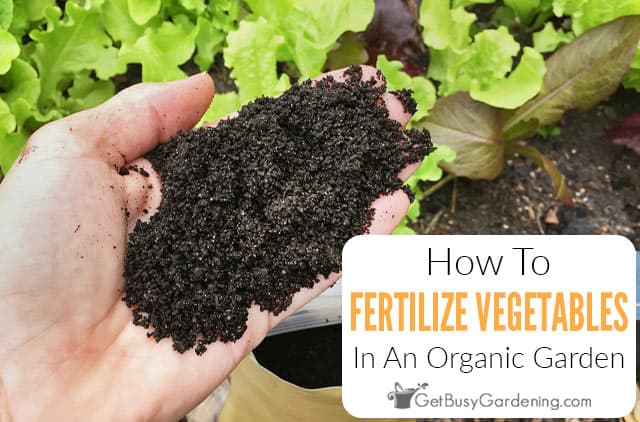
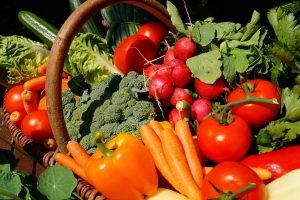 How many dishes are we capable of preparing with a wide variety of vegetables?
How many dishes are we capable of preparing with a wide variety of vegetables?
Indeed, they are countless because this family of products offers us an incredible number of options that are capable of satisfying all palates.
Vegetables go through two key processes during their lifetime: vegetative growth and fruit set.
And in each of these scenarios it is necessary to give them the nutritional contributions they need to be healthy and very productive. Let’s see how to achieve that goal?
Why is it important to pay vegetables?
The health characteristics of the vegetable-producing plants will be reflected in the fruits that they give us at the end of the season.That is why it is so important to have enough nutritional resources to provide the plants in each phase.
This will be a process that you will have to apply with small adjustments depending on the type of vegetable in question because not all of them need the same nutrients. But we can make it very clear that the main interest when fertilizing vegetables is aimed at having very healthy plants and abundant, good-sized and delicious harvests.
Of course, this will also influence the plant ‘s ability to stay healthy even when attacked by external agents.
How often should we pay vegetables?
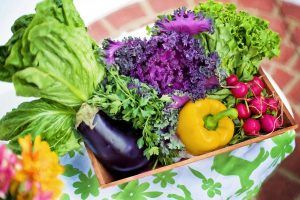 You have to pay vegetables for the duration of the entire flowering and fruiting process.
You have to pay vegetables for the duration of the entire flowering and fruiting process.
In some species this process lasts until the moment of harvest, while in others it is necessary to stop days before.
The plan must follow the specific requirements because not everyone does the same thing well. At the very least, you should apply a monthly subscription that will be a more or less timid plan, but enough for them to obtain some nutrients.
What nutrients do vegetables need?
The nutrients necessary for vegetables will start from two sources. The first is vegetative growth and the second is the productive stage.In the growth phase, plants greatly lack the support of nitrogen (N) because this is what stimulates the growth of new branches and foliage.
When it comes time for flowering, fruit set and fruit growth, the topic is more oriented towards potassium (K) and phosphorus (P).Of course, any vegetable plant needs to have all the micronutrients in their balanced amounts to achieve good results.
That is why the suggestion when choosing fertilizers is that they have all the nutrients and only regulate the amounts of nitrogen, potassium and phosphorus according to the stage in which the crop is. In all this it will be necessary to also take into account the type of substrate with which you are working, since a fertile soil will not have the same demands as a poorer one.
In fact, the variations are even around the consistency, since a sandy soil loses nutrients more easily than clay soils.
What kind of fertilizers do vegetables need?
Almost all types of fertilizers that exist can be useful for growing vegetables in their different stages of life.Fertilizers in a granulated version are easy to apply and could be valued as cheap depending on the type of vegetable you are working with.
In the field of organic fertilizers that we can work at home, wood ash is a very good source of potassium. This means that it is usable for crops when they are going to start their flowering stage and need this valuable nutrient.
How do we prepare fertilizer for vegetables?
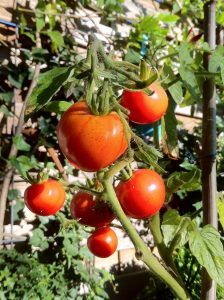 The first case is granulated fertilizer and it is one of the easiest to apply because it only consists of spreading the granules on the surface of the substrate.
The first case is granulated fertilizer and it is one of the easiest to apply because it only consists of spreading the granules on the surface of the substrate.
Then you have to stir the soil a little so that they mix and water with a certain depth so that the nutrients begin to enter.
The fertilizer made with wood ash, which we mentioned in the previous section, has a very simple preparation system.
It will be enough to burn the wood, collect the ashes, dilute them in water and then water the plants in the normal way.Of course, it is not a fertilizer to apply disproportionately just with the idea that the plant is more productive because you could affect it.
Take into account that wood ashes make the soil more acidic and this variation could affect some types of crops that prefer more basic soils.
How do we detect if the vegetables need fertilizer?
You can assess the characteristics of the vegetable plants and from there detail if what they have is a lack of nutrients. Here we will see points like:
- Nitrogen failures: this is a rare problem because most fertilizers contain nitrogen, unless it is a very poor soil. Here you will notice leaves that are yellow and feel weak to the touch.
- Phosphorus faults: it generates problems around the flowers, since they develop slowly and dry quickly.
- Potassium failure: you will see it in the leaves, which lose their characteristic shape, starting to be damaged from the edges and turn yellow. Around flowering, they affect the number obtained and, consequently, the number of fruits.
- Magnesium failure: it also manifests itself in the leaves, turning white, yellowish and blotchy.
- Boron Fault – The leaves are turning brown from the edges and the flowers take days and days to open.
The fertilizer for vegetables is essential to achieve a production appropriate to the interests that you will have as a grower. A plant that does not find the food it needs throughout its life will have a poor performance that will surely leave you crestfallen at harvest time.
How to avoid it? With a fertilization process that is consistent with the species you are working with and its requirements, so do not stick with the general, study your vegetable plant thoroughly.
Bibliographic references
- The use of organic fertilizers in the production of vegetables under greenhouse conditions, JAM Villalobos, MAV Valle, ESO Ceja… – Revista Chapingo serie…, 2014 – redalyc.org
- Fertilization of organic vegetables, G Rodriguez, J del Valle, AR Laguna, G Solo – XI National Congress, 1999 – mag.go.cr
- Effect of the incorporation of different organic fertilizers on the development and content of lipids, sugars and chlorophylls in vegetable crops, AA Alvarado Jurado – 2020 – upcommons.upc.edu
- Vegetable cultivation, V Giaconi, M Escaff – 1997 – sidalc.net
- Organic fertilizers, D Gómez, M Vásquez – 2011 – 191.103.79.102
Maybe you are also interested in:


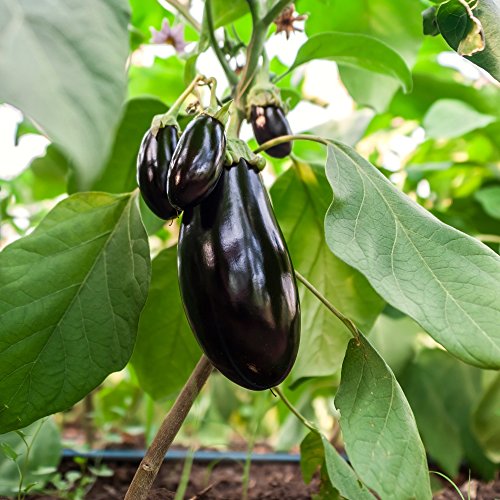
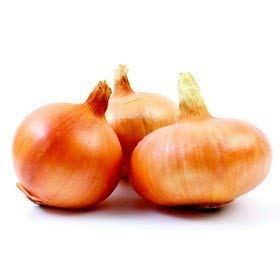
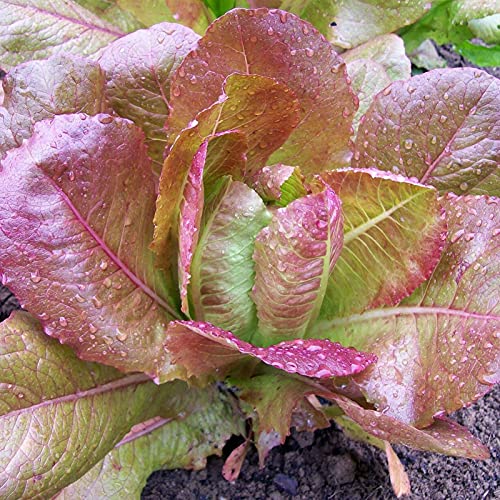

![Photo of Tundra Climate: [Characteristics, Flora, Fauna and Adaptability]](https://www.complete-gardening.com/wp-content/uploads/2022/08/tundra-climate-characteristics-flora-fauna-and-adaptability-390x220.jpg)
![Photo of Polar Climate: [Characteristics, Flora, Fauna and Adaptability]](https://www.complete-gardening.com/wp-content/uploads/2022/08/polar-climate-characteristics-flora-fauna-and-adaptability.jpg)
![Photo of Plant Potatoes: The Complete Guide to do it [Step by Step]](https://www.complete-gardening.com/wp-content/uploads/2022/08/plant-potatoes-the-complete-guide-to-do-it-step-by-step-390x220.jpg)